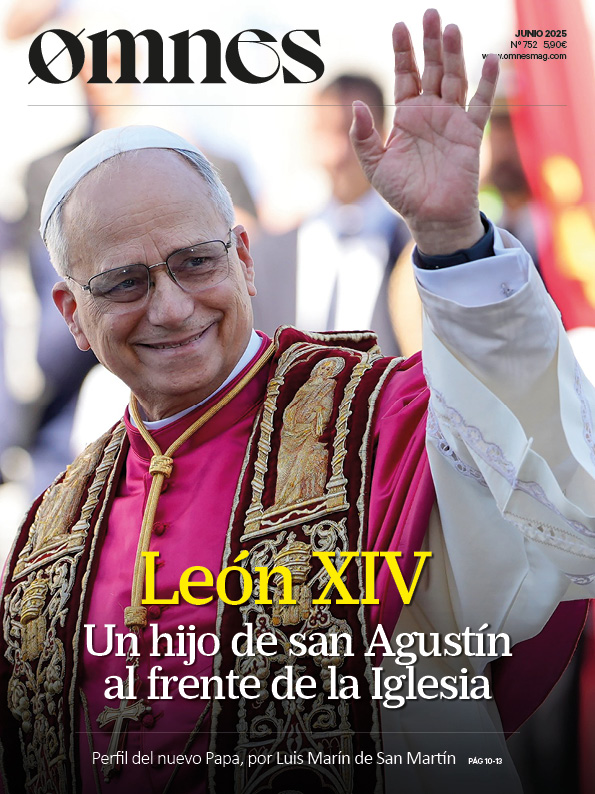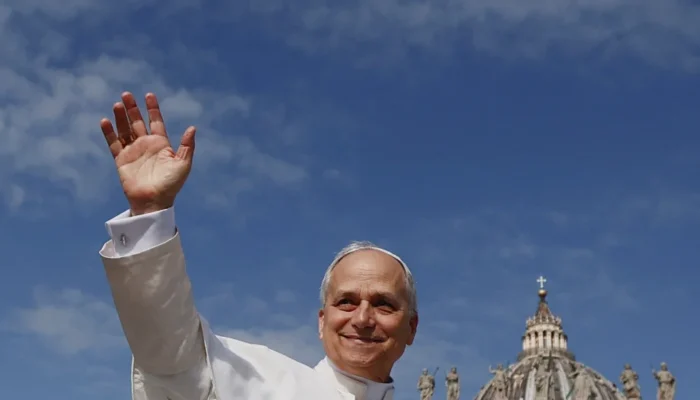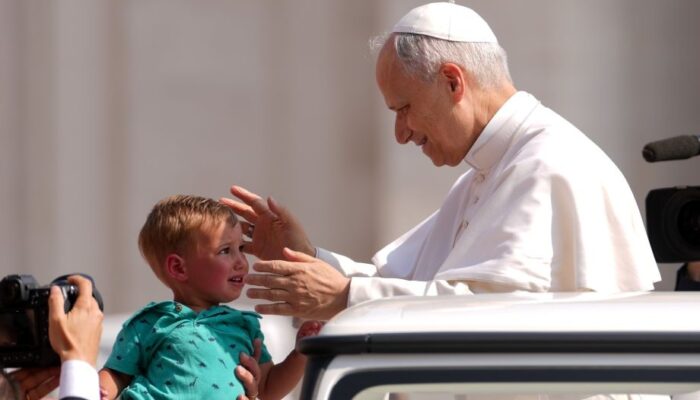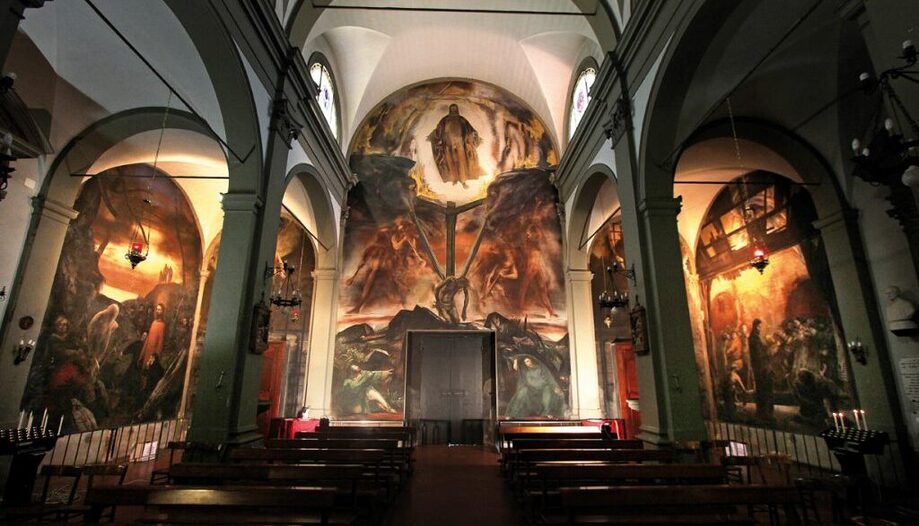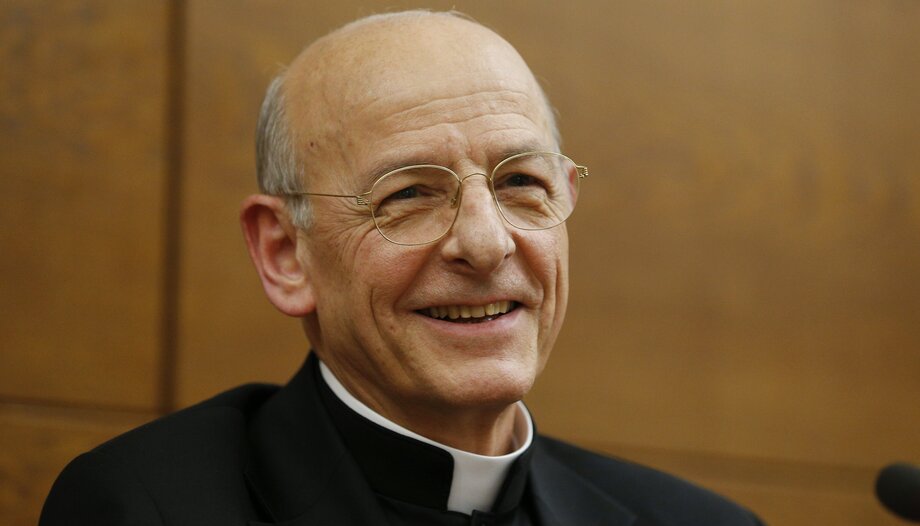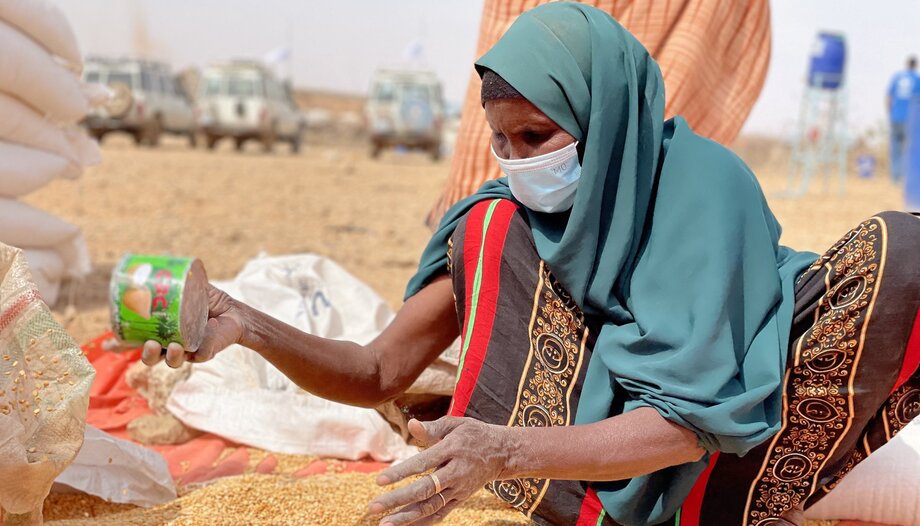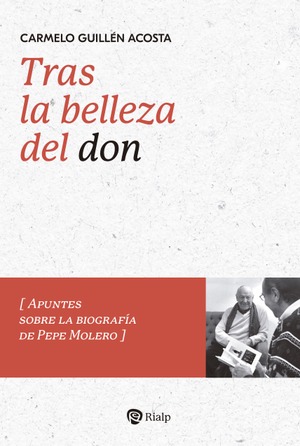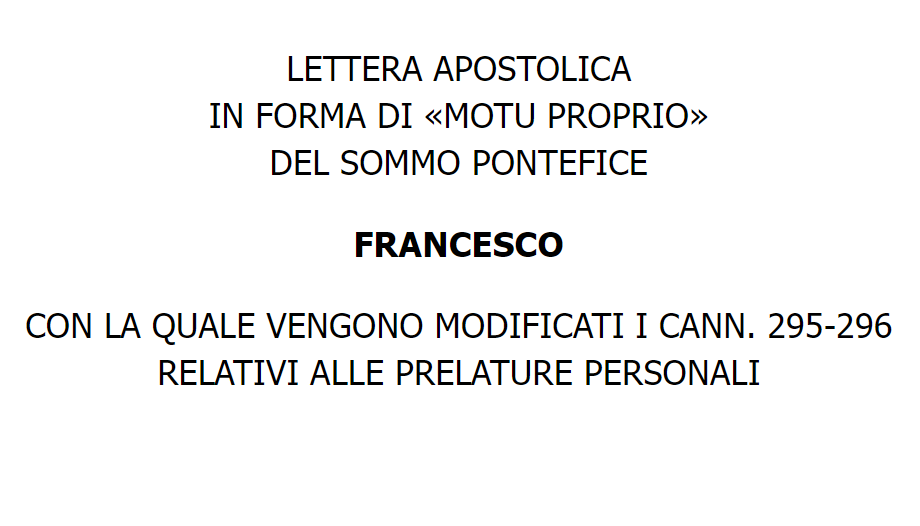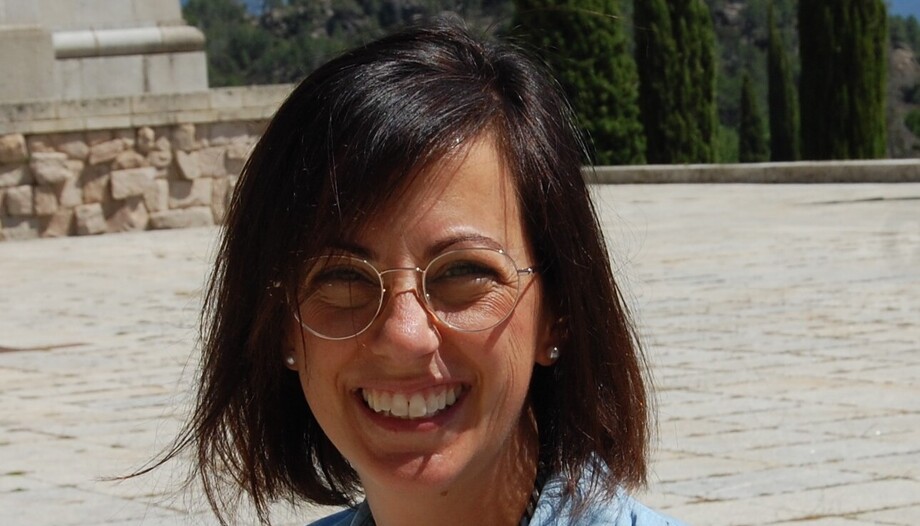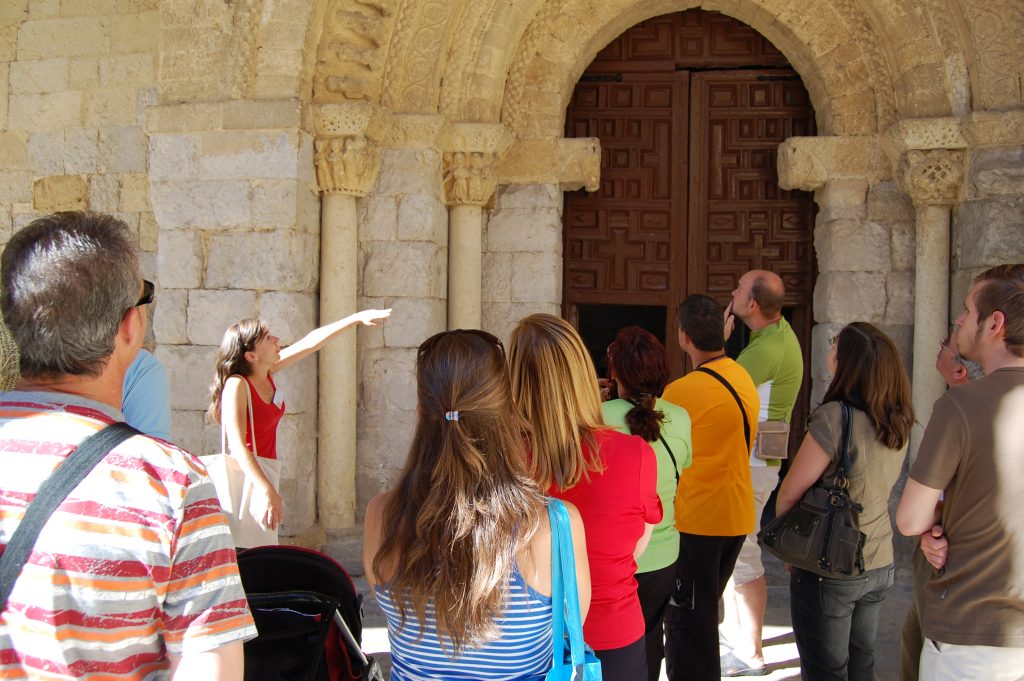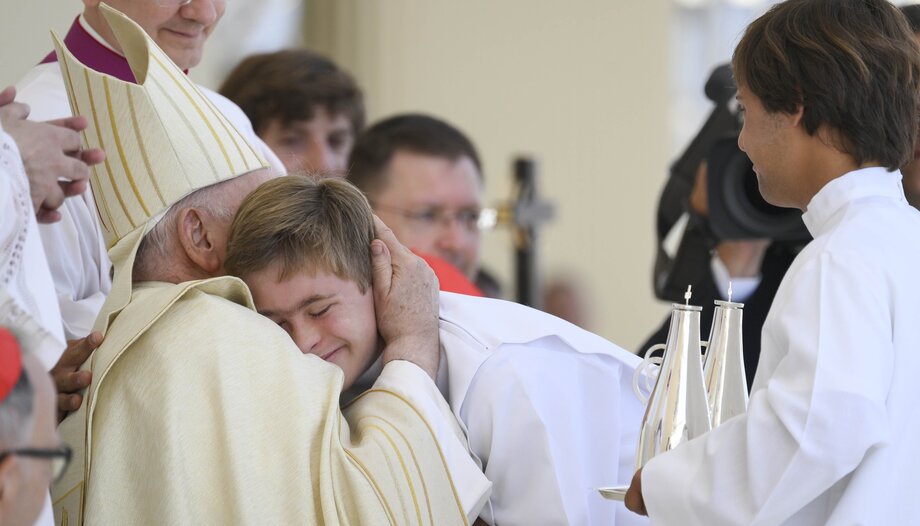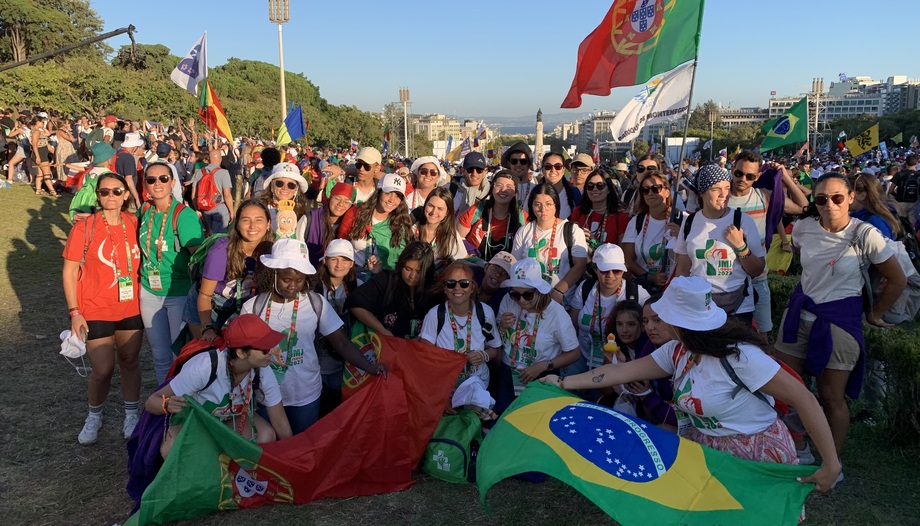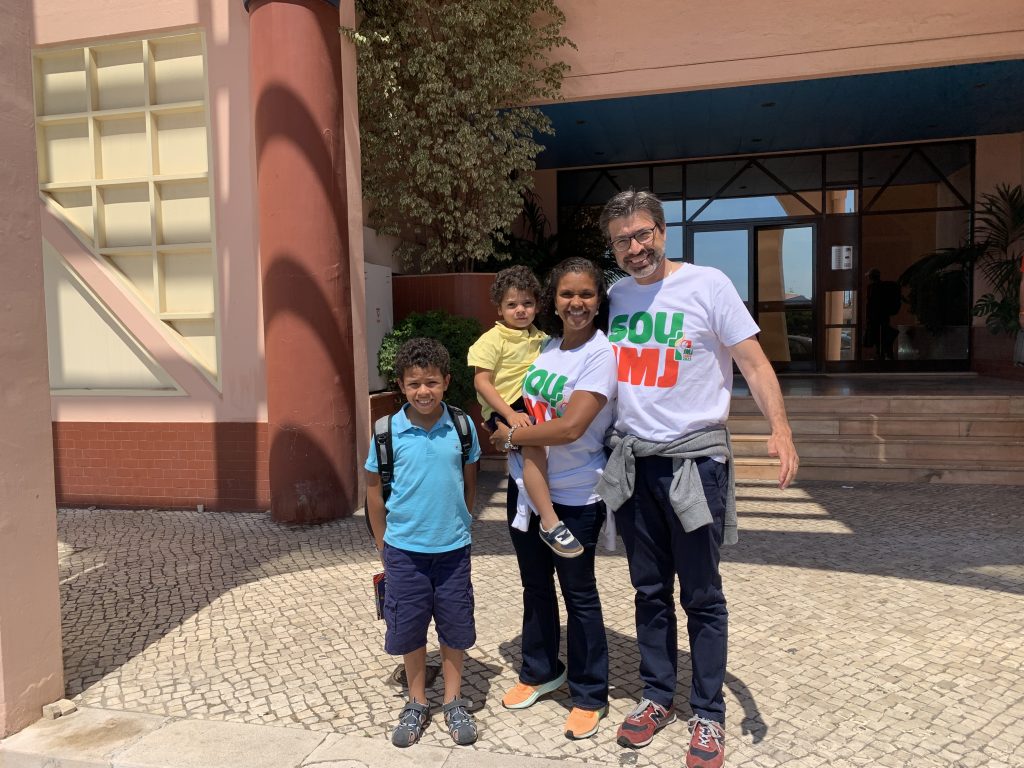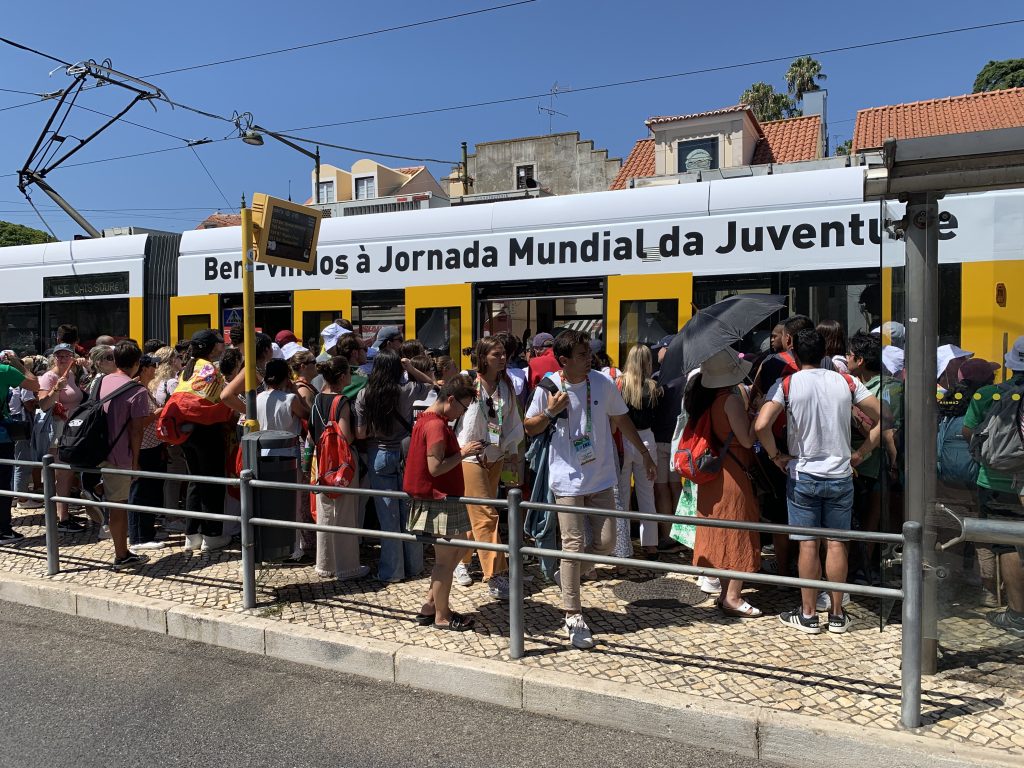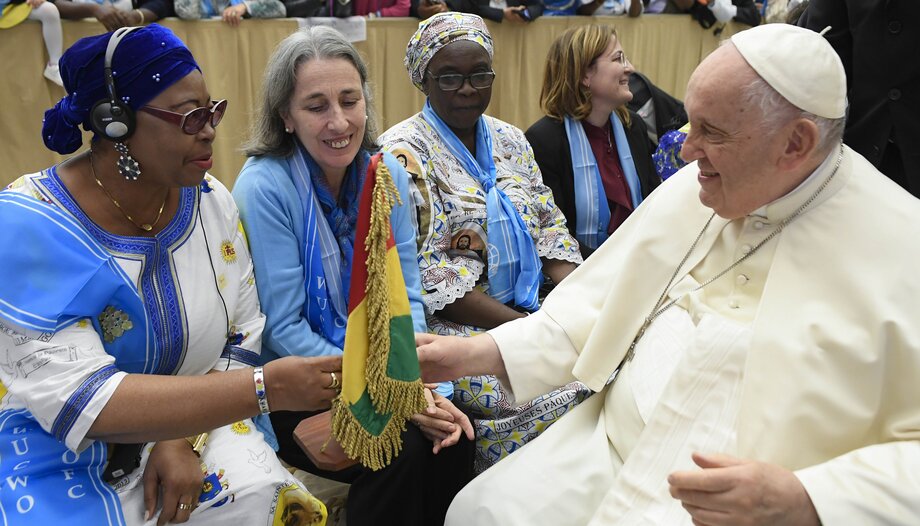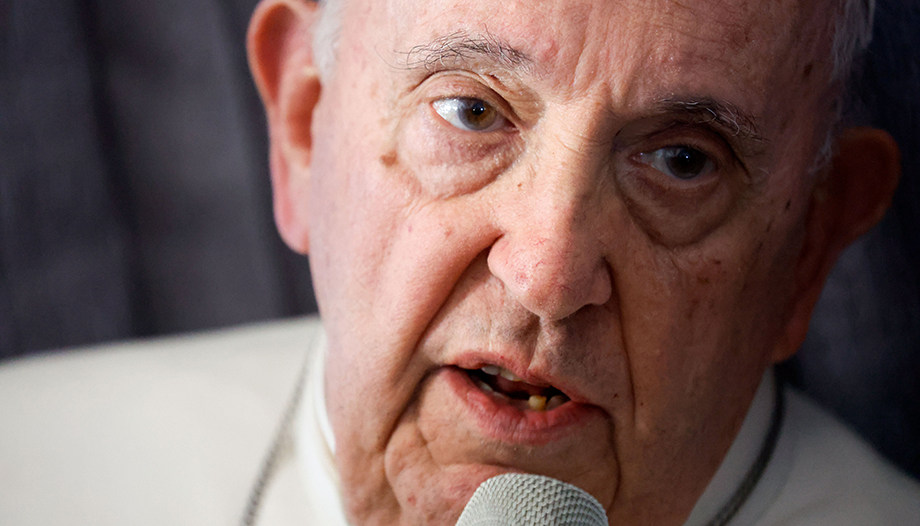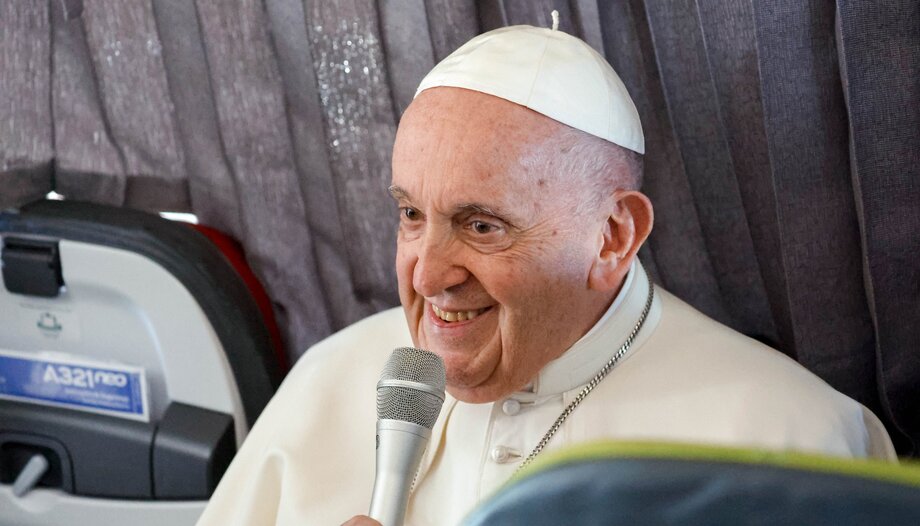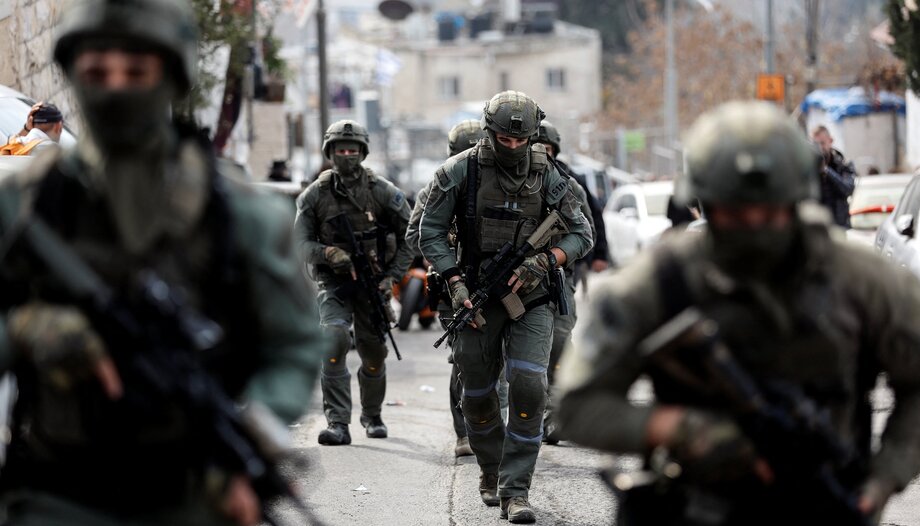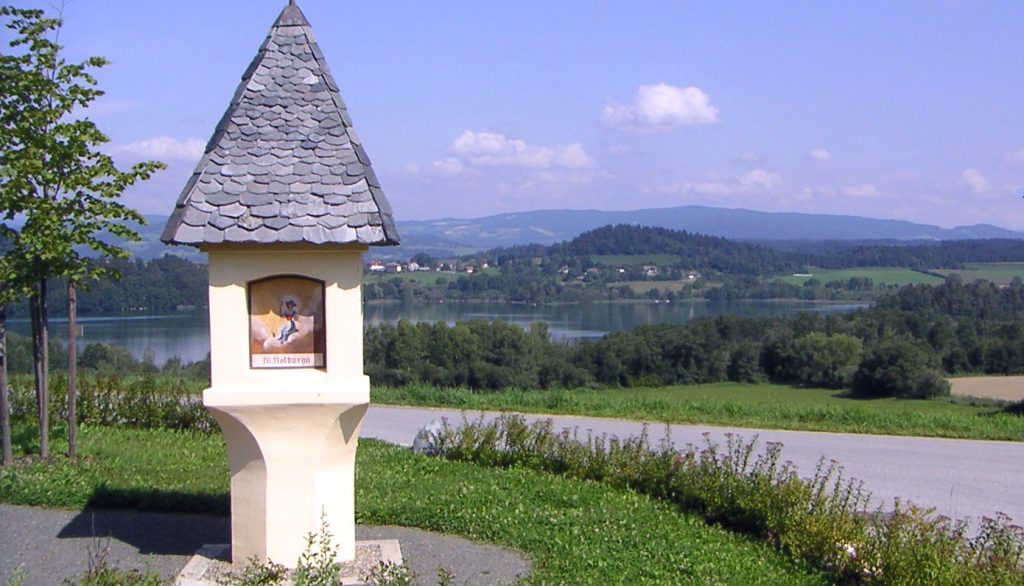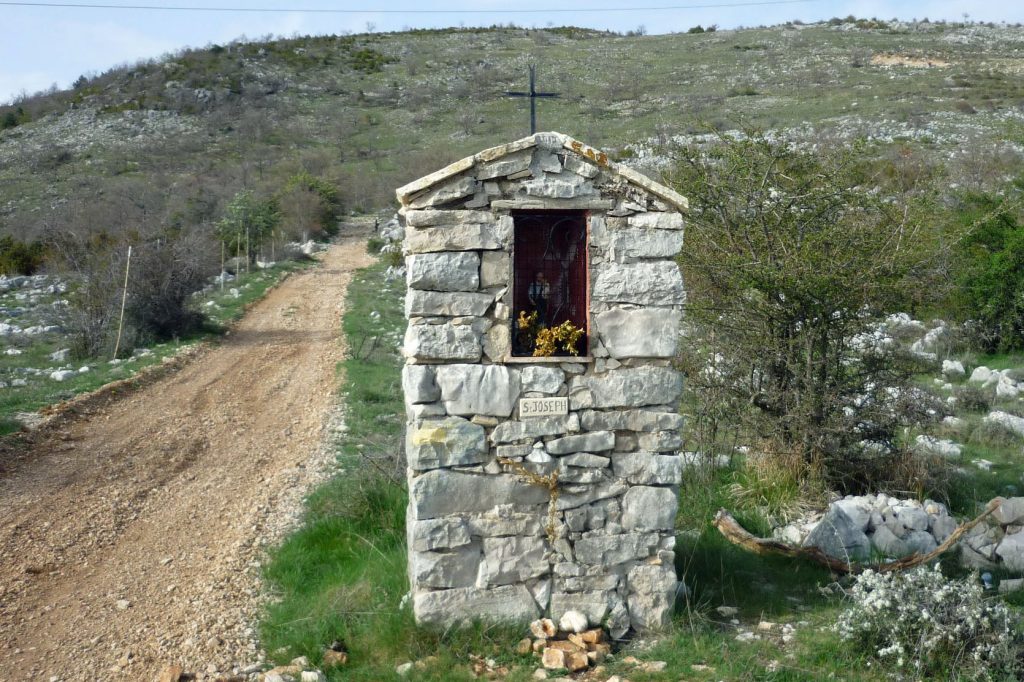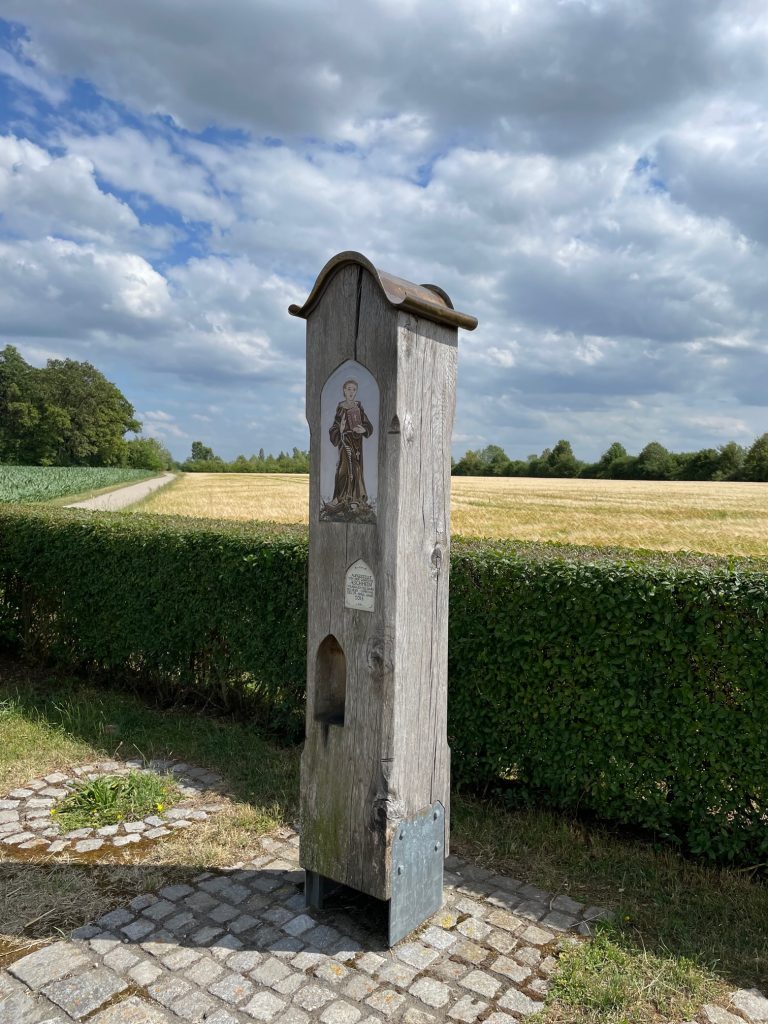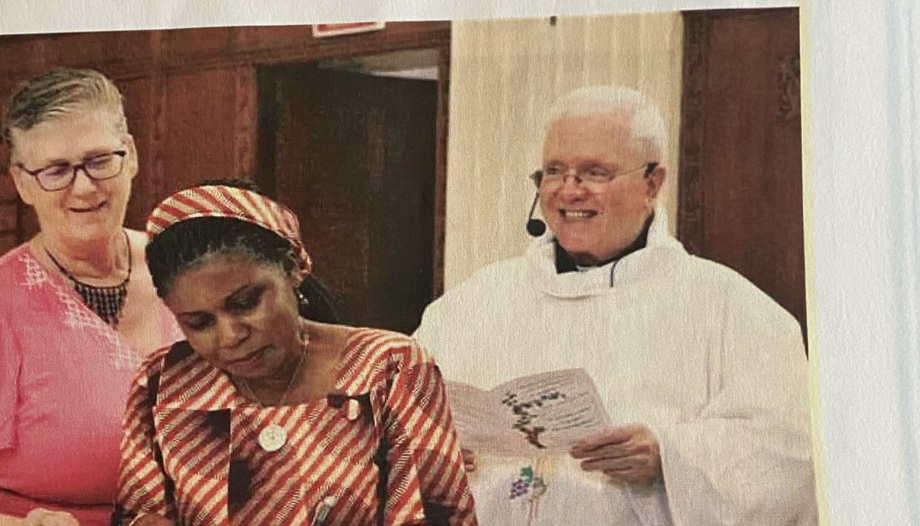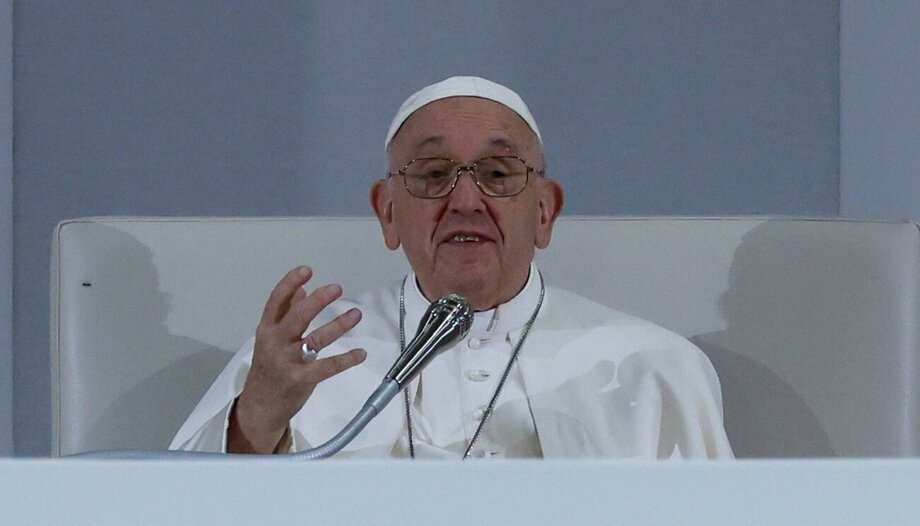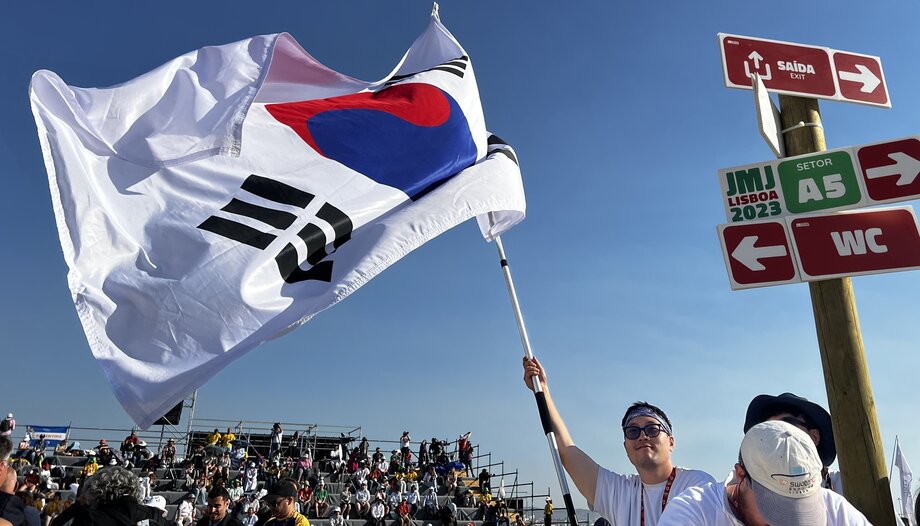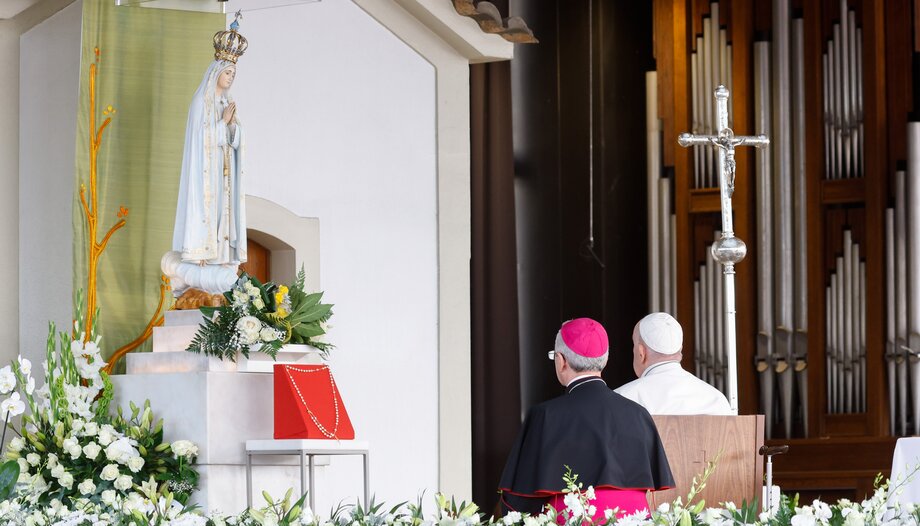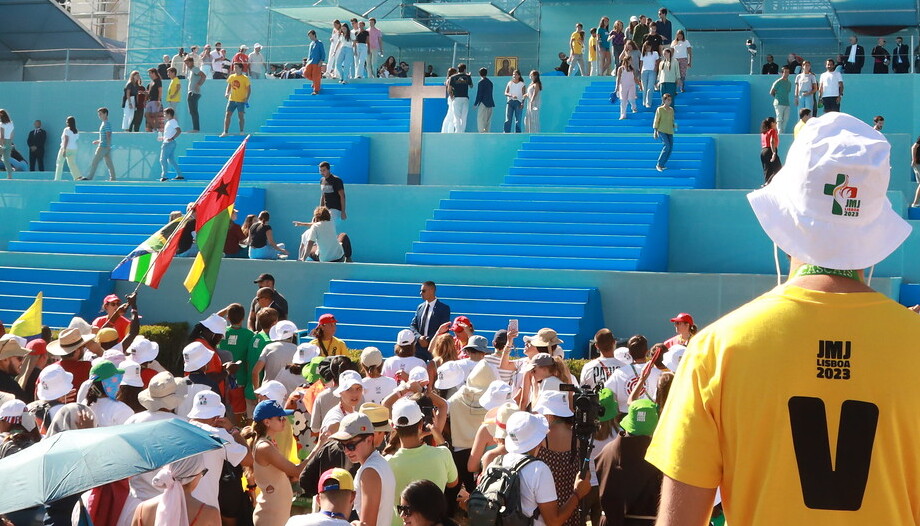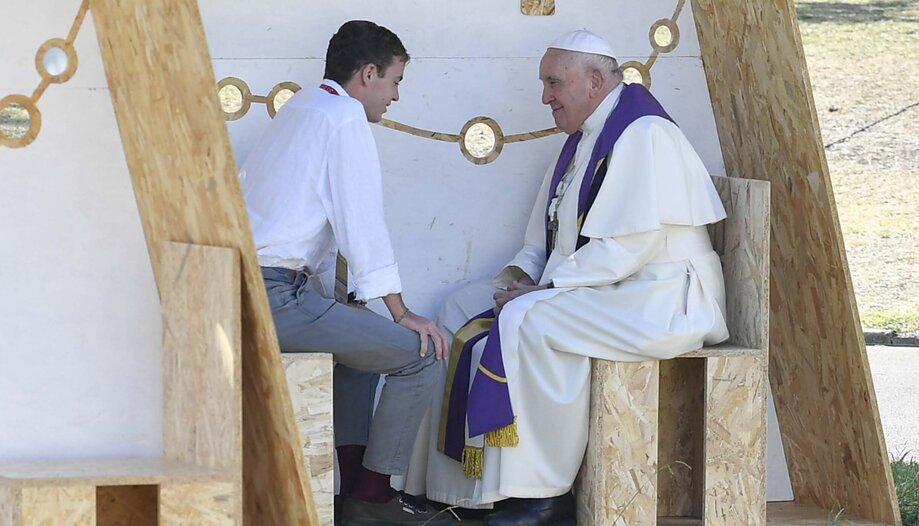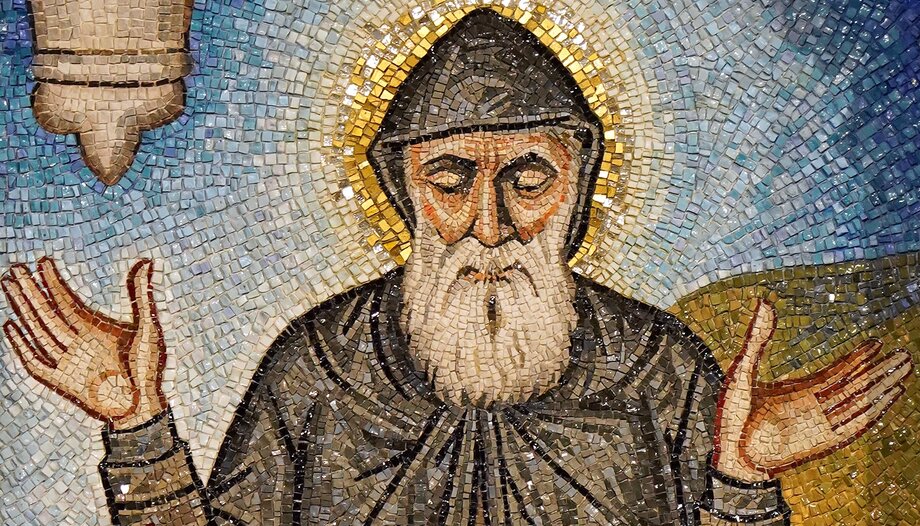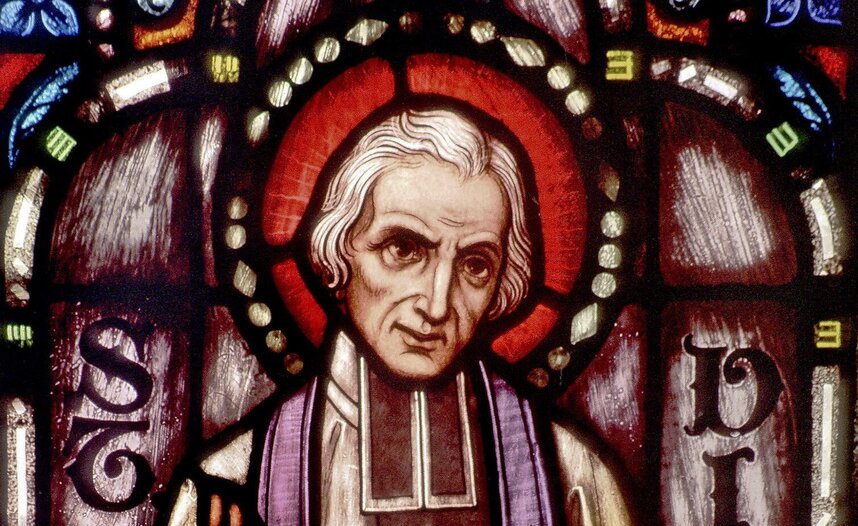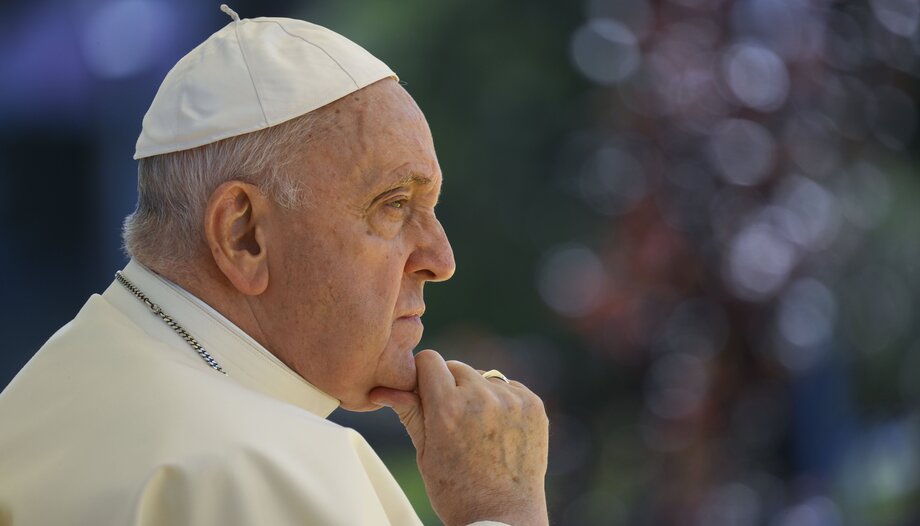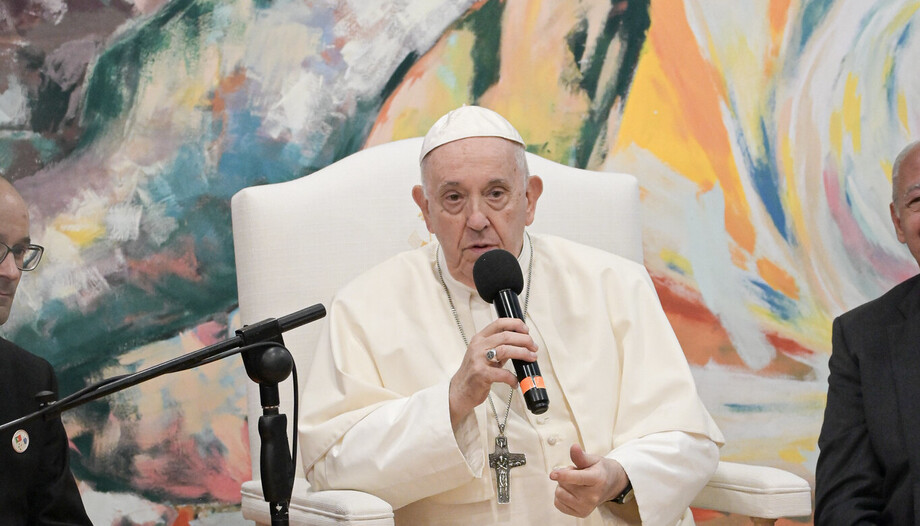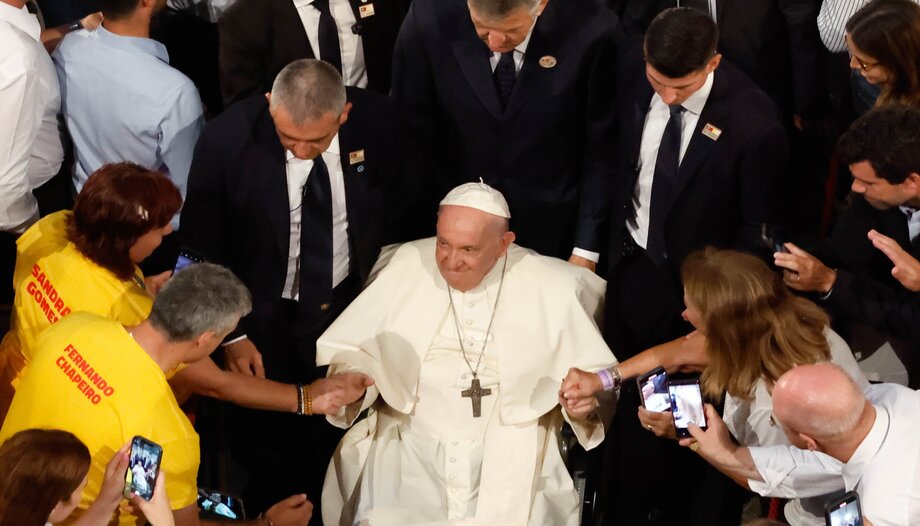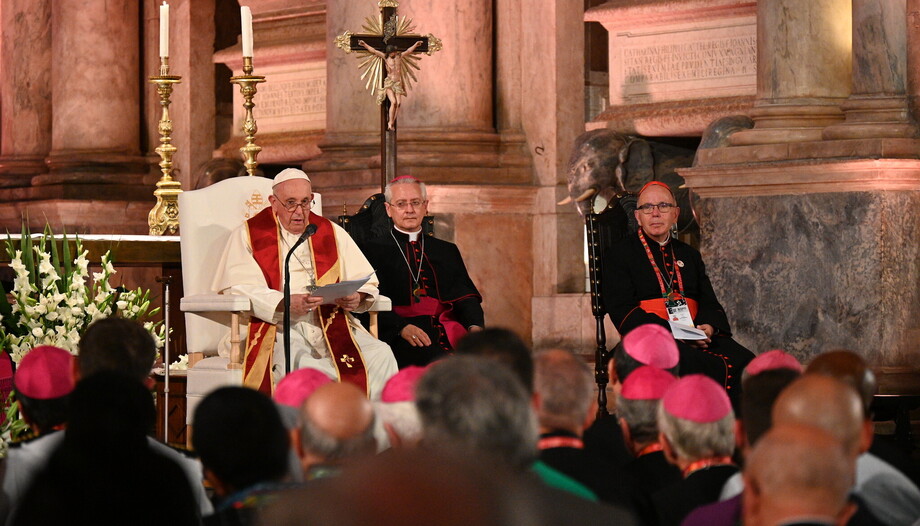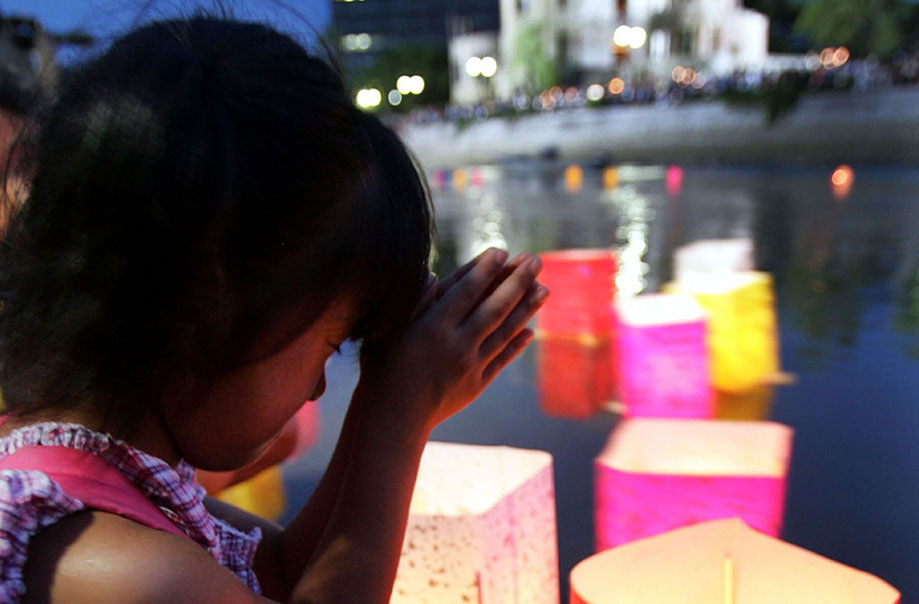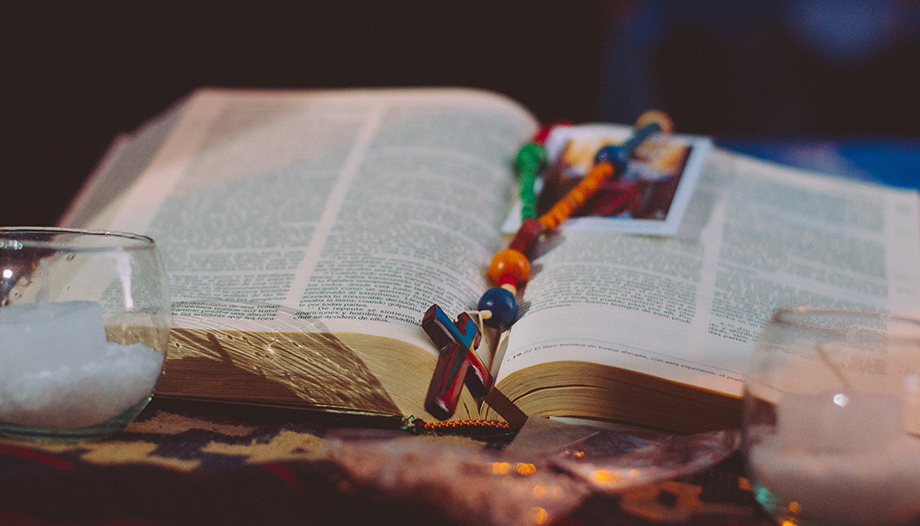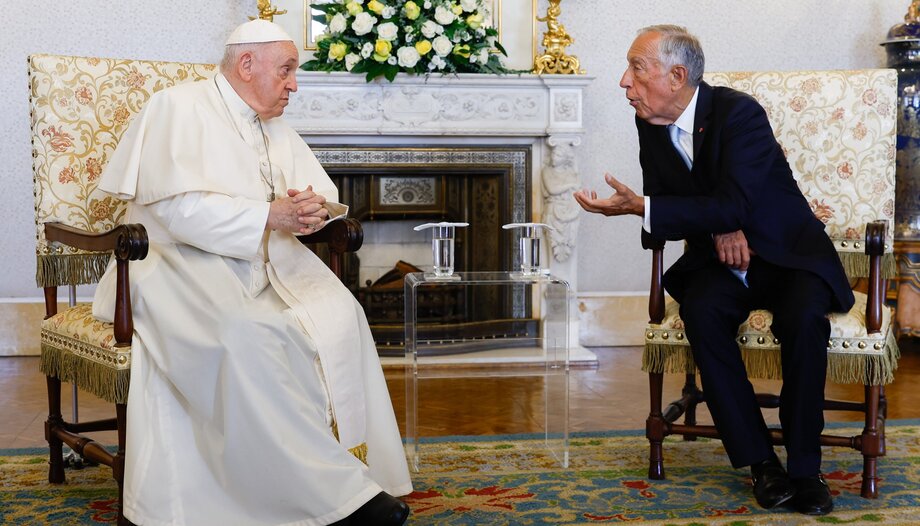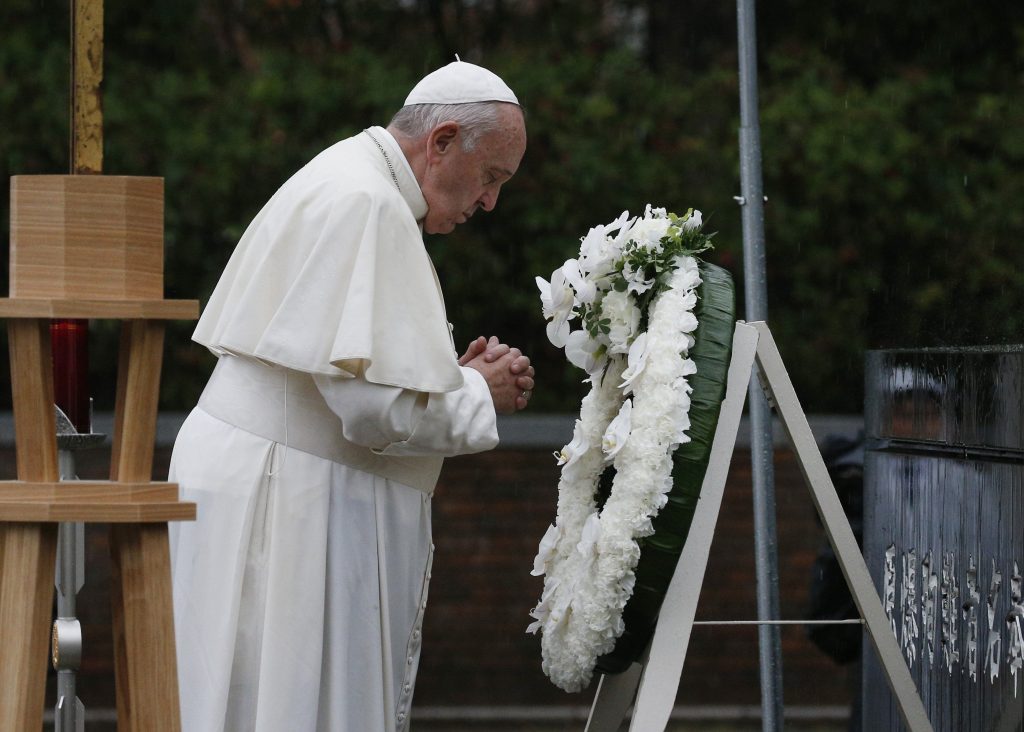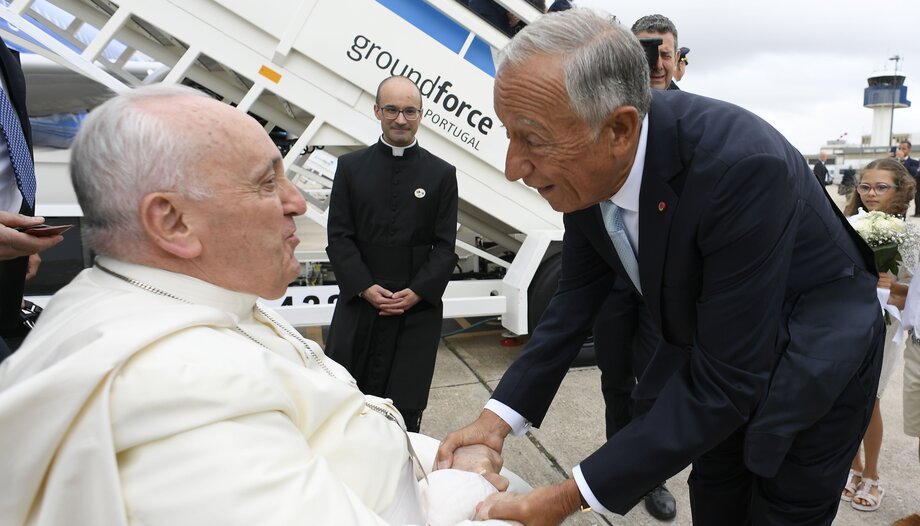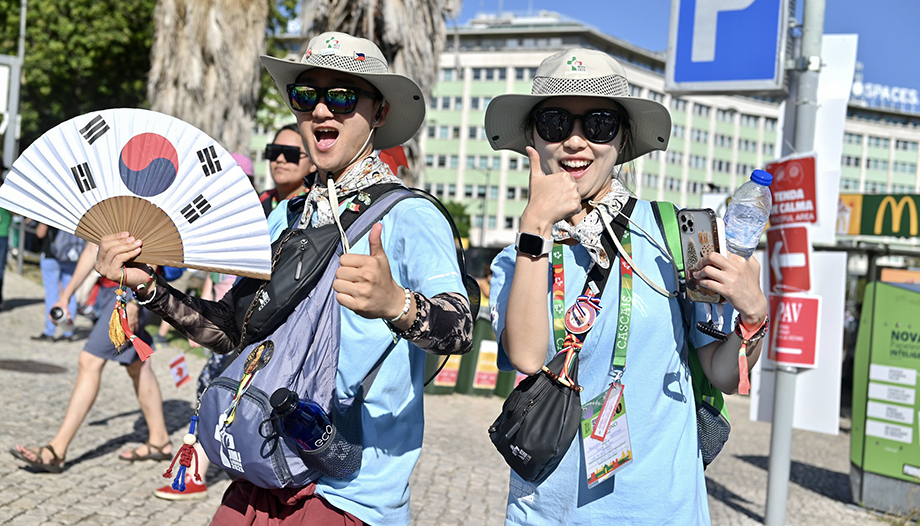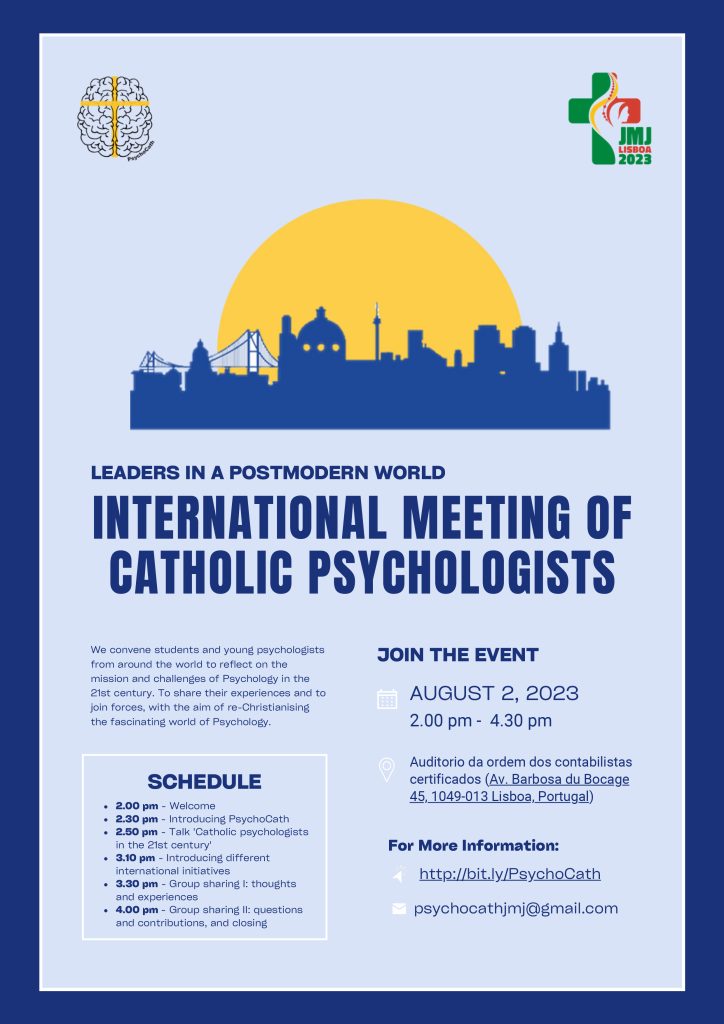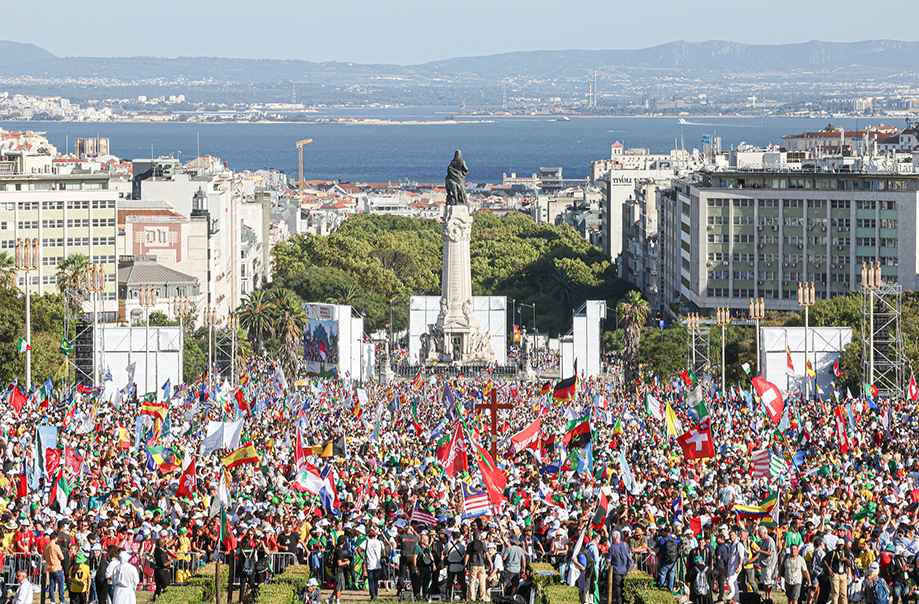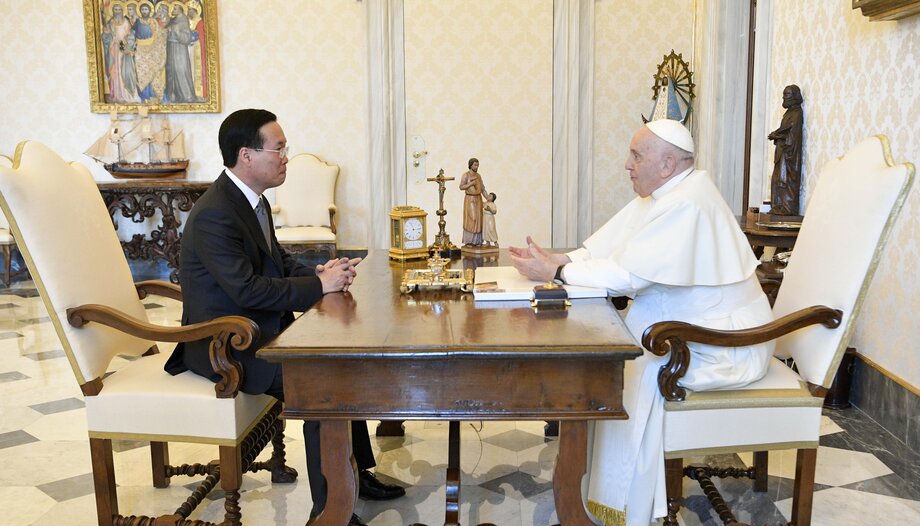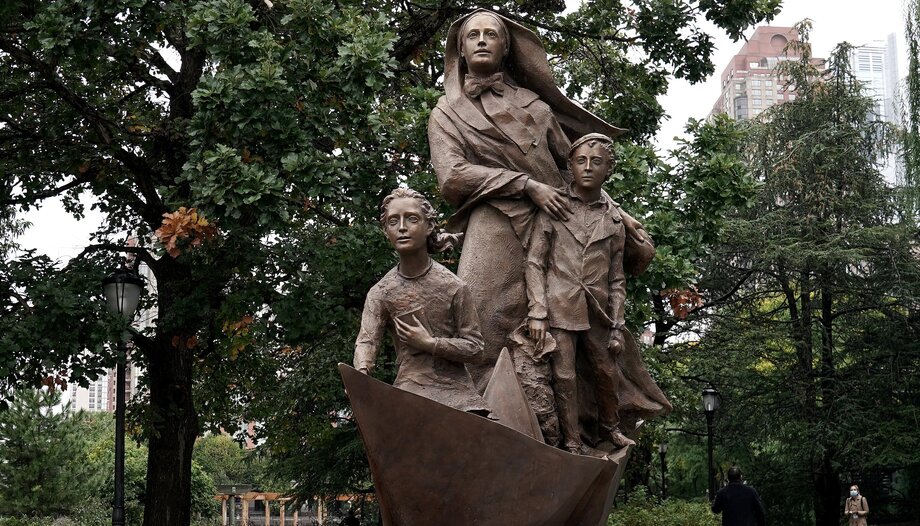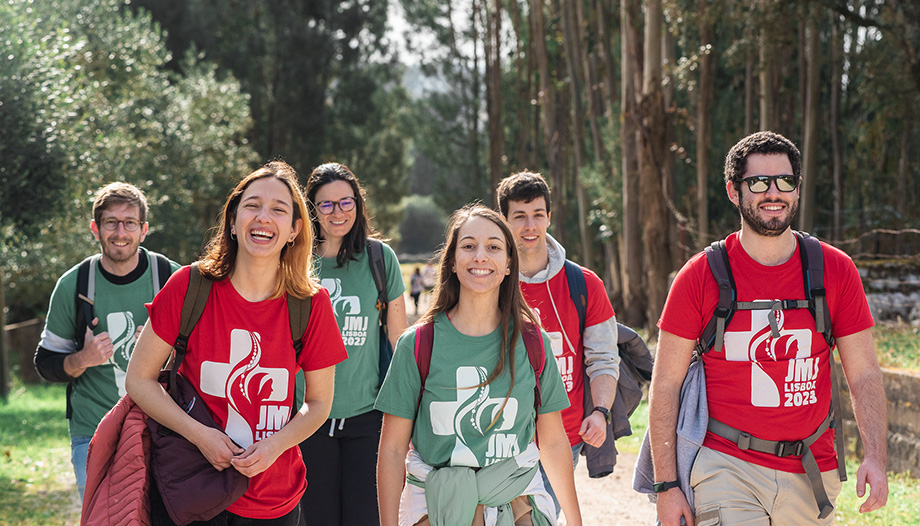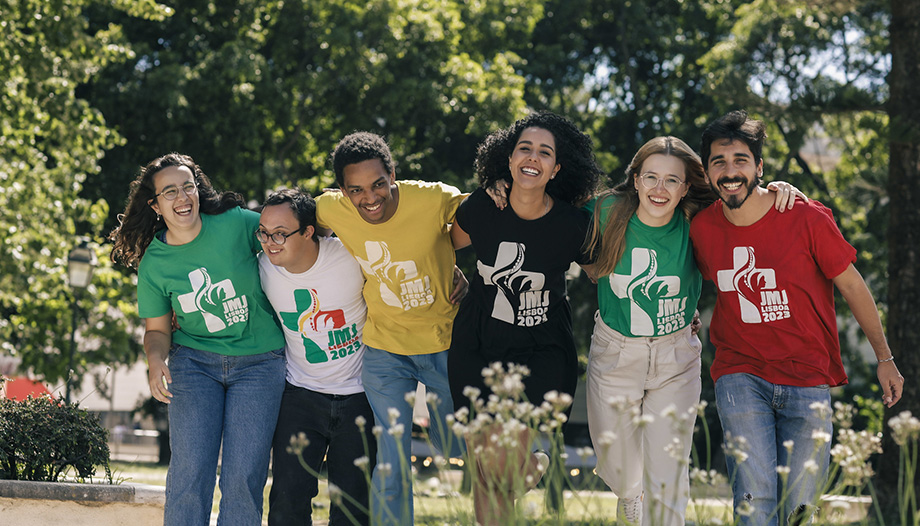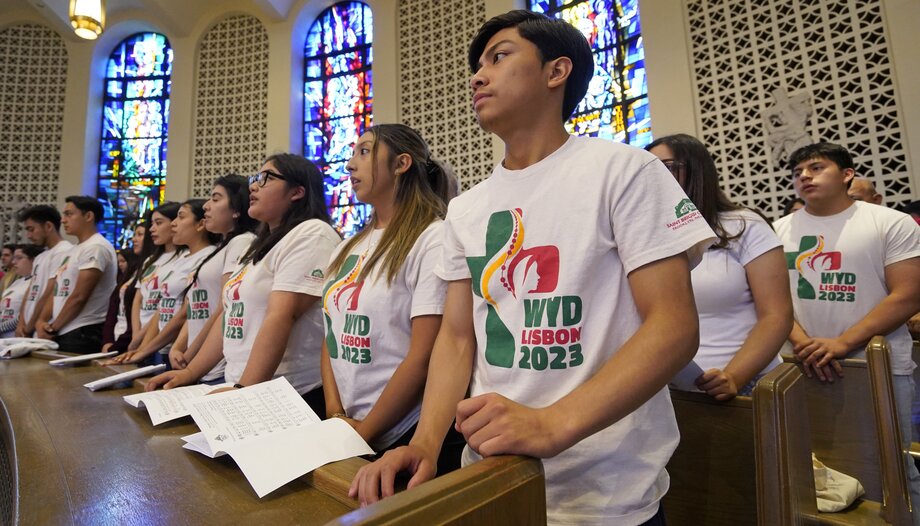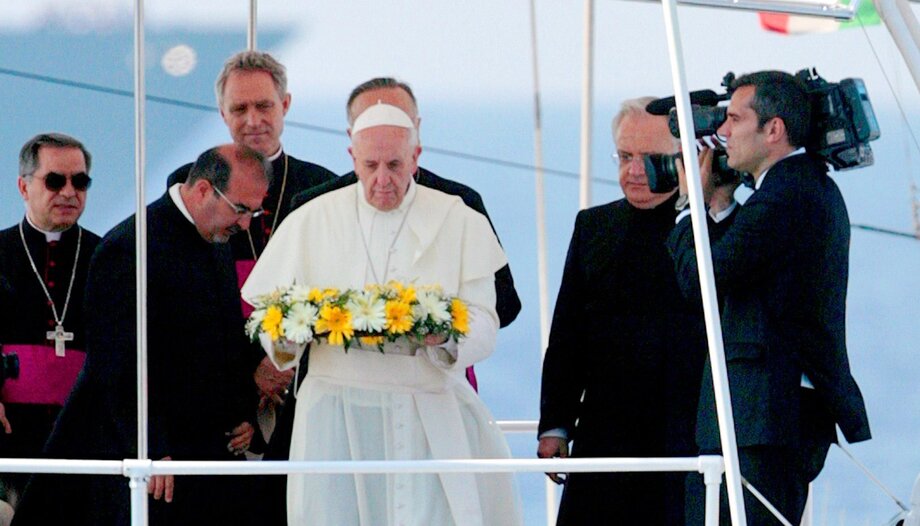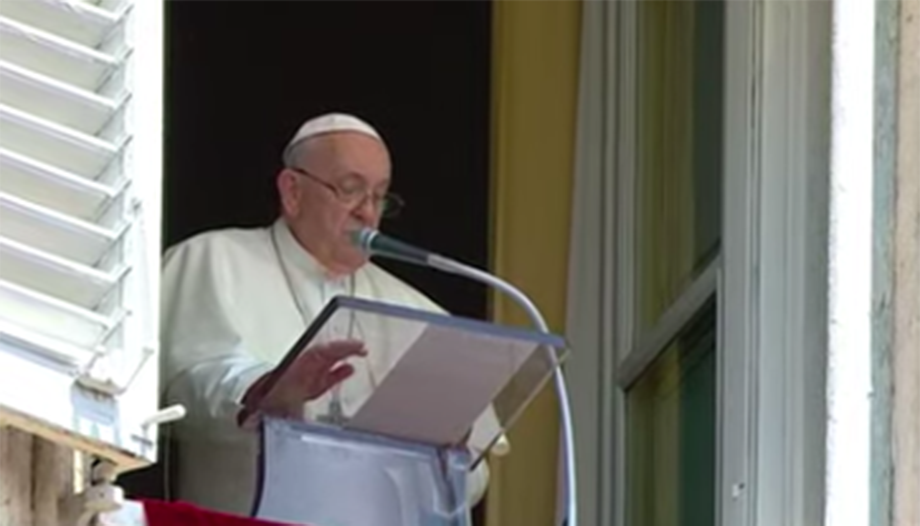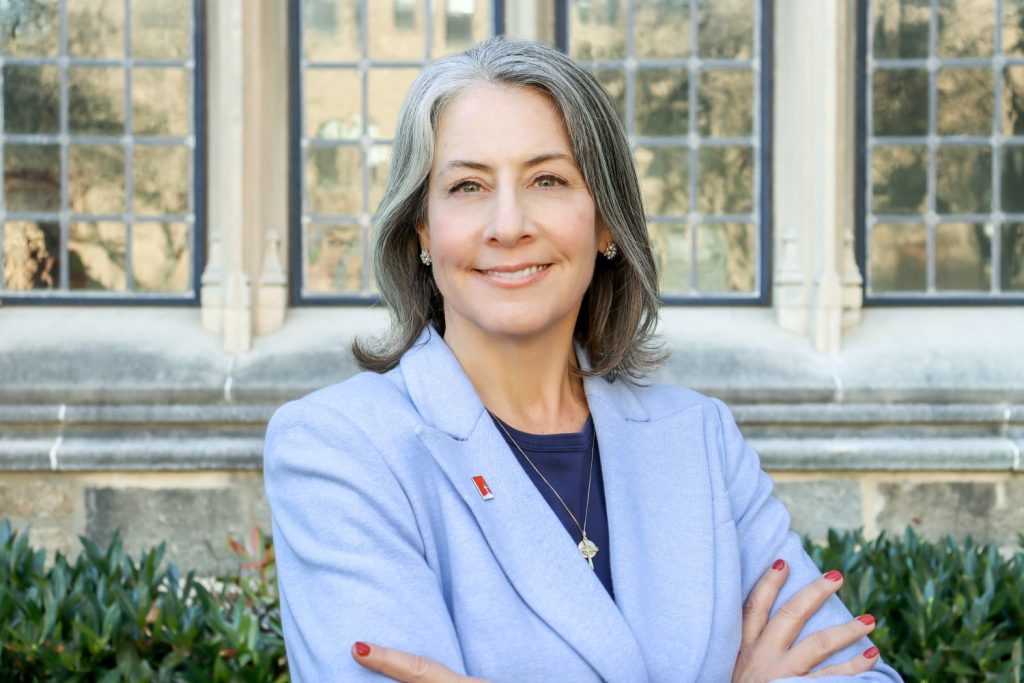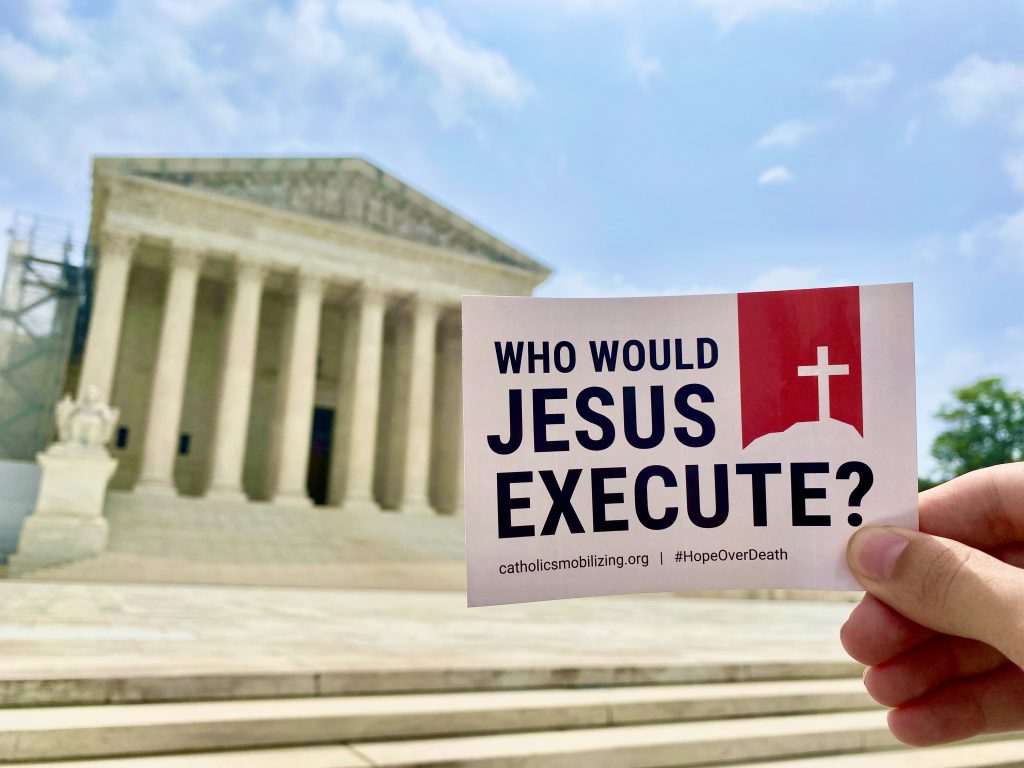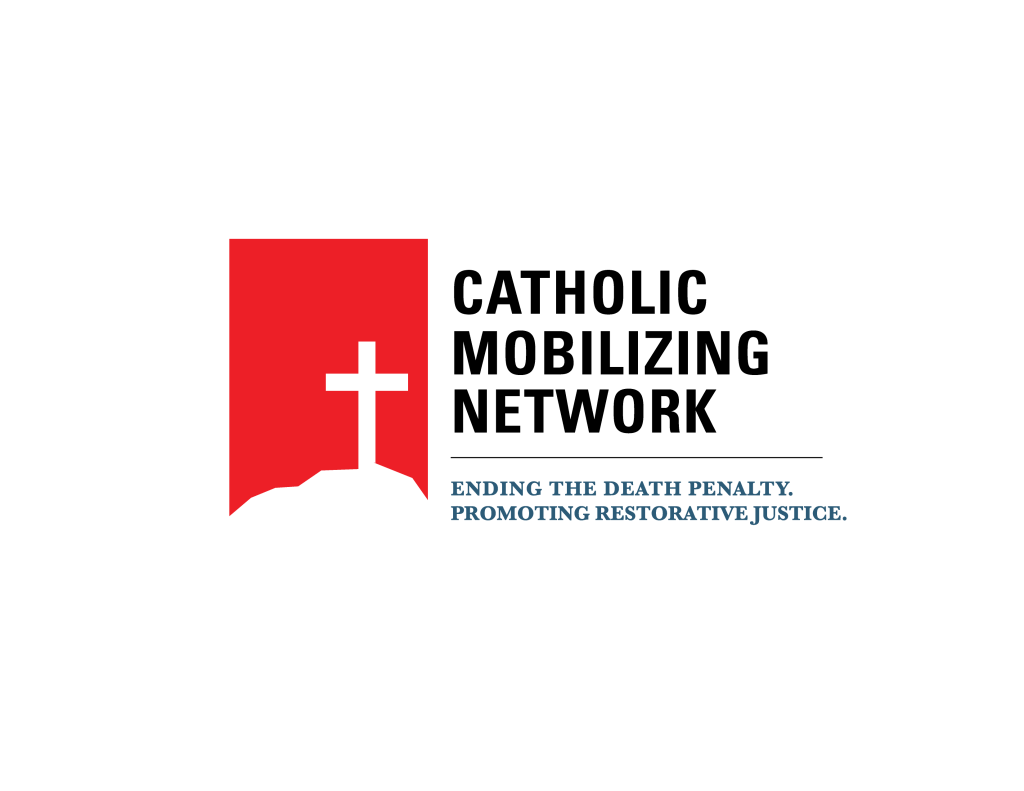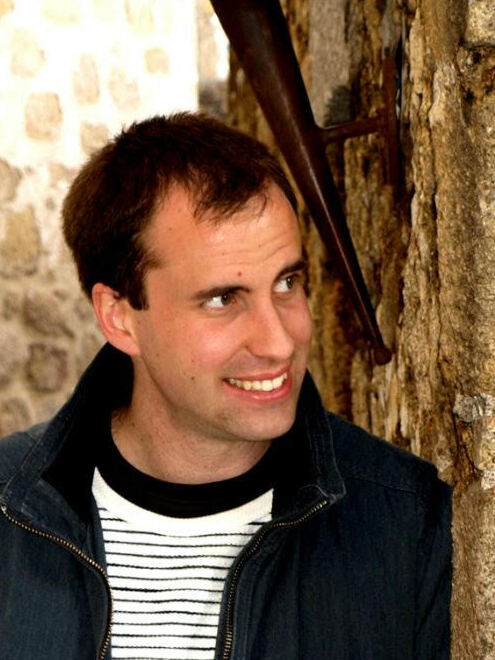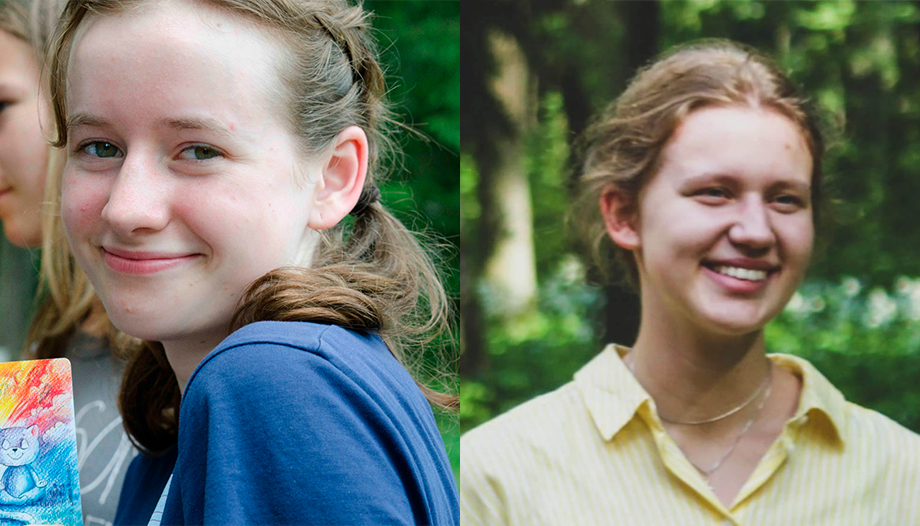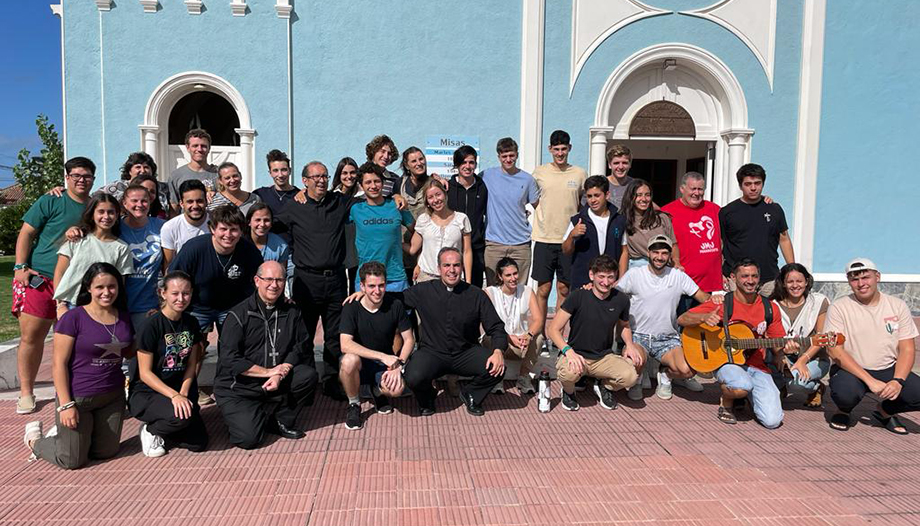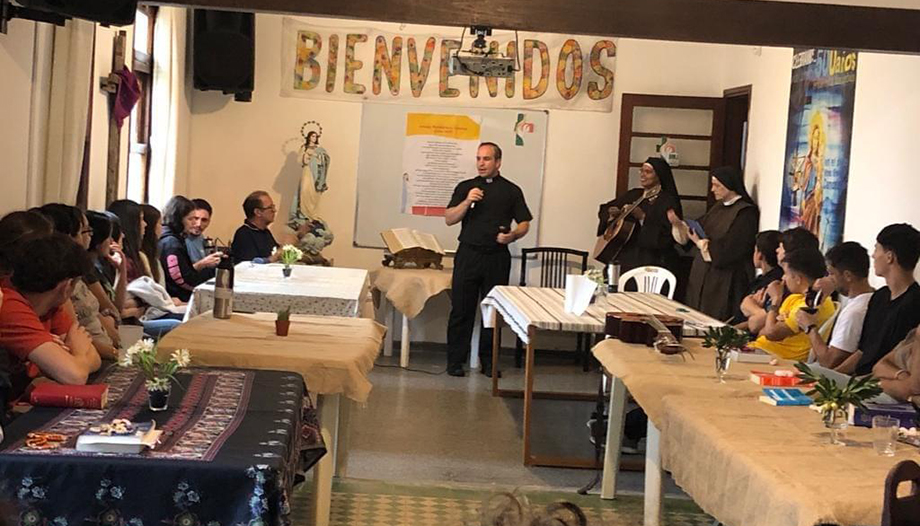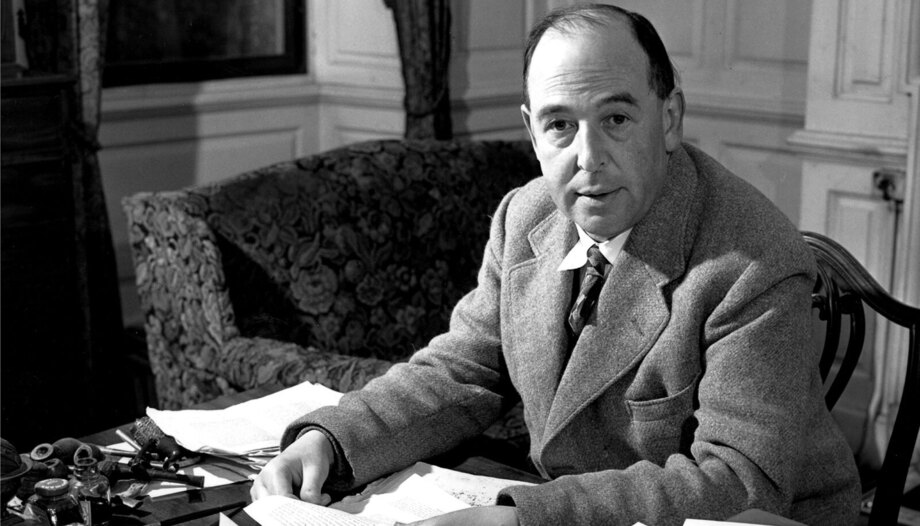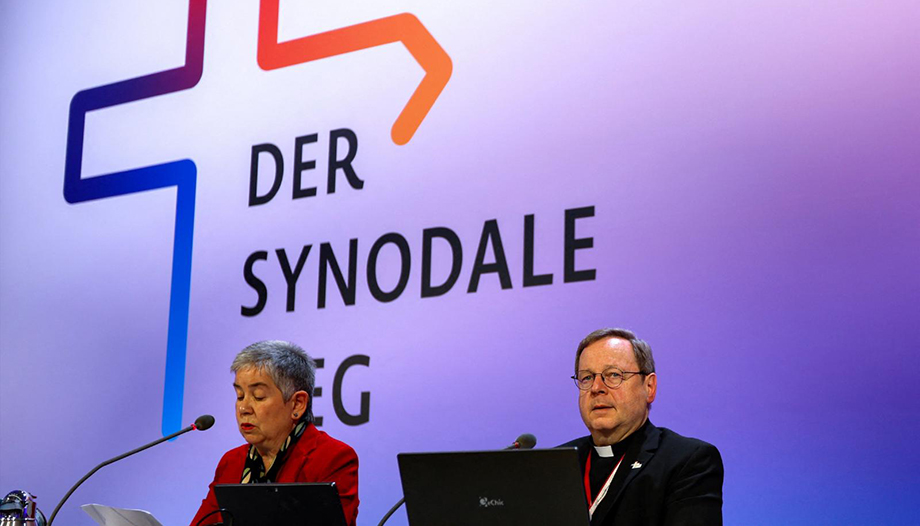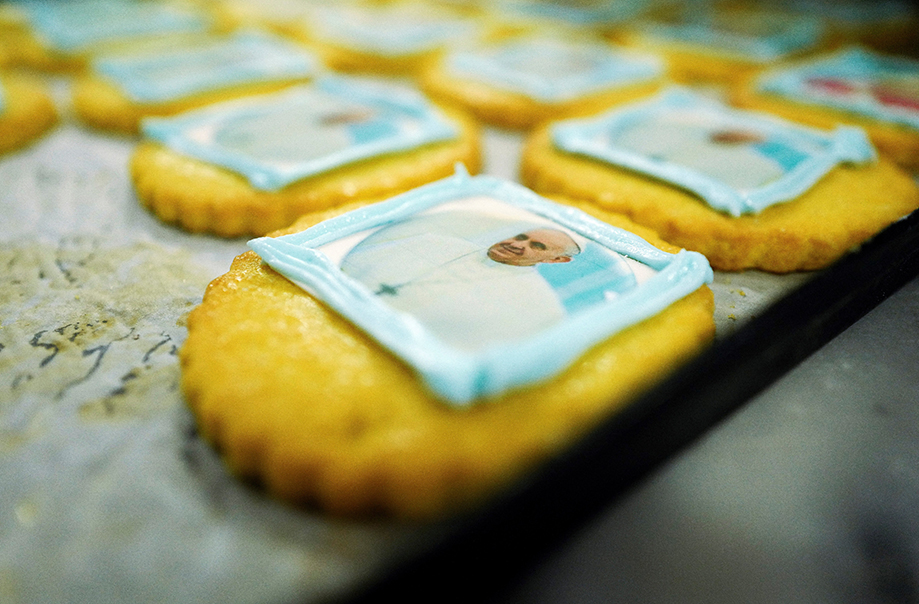It does not yet appear in the histories of theology of the twentieth century. But one cannot defend with St. Anselm that theology is the faith that seeks the intelligence of what one believes, and deny the title of theologian to C.S. Lewisone of the authors who have made millions of people in the twentieth century think about faith, including notable philosophers, theologians and the last Popes.
C.S. Lewis is a Christian figure of universal stature. This is no exaggeration. This is confirmed by the sales of his books, which are still in the millions, the growing breadth of the bibliography, also academic, and his constant presence in the published testimonies of hundreds of converts, especially in the Anglo-Saxon world. This contrast is all the more striking when compared to the plummeting fall in the last 50 years of all ecclesiastical statistics in the West: of religious practice, of the number of vocations and, of course, of sales of theological books.
Faith that seeks to understand
We may or may not want to see it, but we are facing a theological phenomenon. If we want to continue to repeat honestly the phrase of St. Anselm fides quaerens intellectumLewis must be placed in a privileged place in the theology of the twentieth century. Moreover, St. Anselm's phrase affects him very directly, because he was concerned with understanding the faith and making it meaningful to the men and women of the twentieth century.
It is common in academic circles to dismiss this literature with the label of "apologetics" or "popularization," in contrast to other more erudite publications, generally dedicated to particular historical research. But the paradox is that, in reality, it is more authentically theological and responds much more exactly to the expression of St. Anselm.
St. Gregory of Nyssa is a great theologian of the fourth century, who deserves to be studied. But to study the Trinity or the Incarnation in St. Gregory of Nyssa in practice does not require faith. It is enough to intelligently summarize an already remarkable amount of secondary bibliography, as most scholars competently do. On the other hand, to make plausible the doctrine of the Trinity or the Incarnation in the middle of the twentieth century and after two world wars, and in the midst of a flood of philosophies, it is necessary to have faith. And to think about it very well.
A lay theologian
C.S. Lewis was an academic and knew what he wrote, even if it was not in academic form, and was exposed to the uncharitable judgment of his colleagues. He took it very seriously. C.S. Lewis was a person with a very great critical capacity, who did not easily accept any idea or any taste. At least at the beginning, he was somewhat uncomfortable entering into fields where specialists with more authority could concur, and he often apologizes. He also does not reveal his sources, although we know of some, because he made an effort to document himself.
But the strength of his thinking is not in the exhaustive accumulation of documentation on each subject, but in his endeavor to raise and resolve it in the most intelligent and impactful way possible. There is a critical search for effectiveness.
Learning to translate to learn to think
To disclose is to say in a simple way what others have said at greater depth and length. It entails debasement and loss. But that is not what Lewis does. His is gain in thought. For he translates into a relevant and meaningful way of saying doctrines that others retain by repetition, but faded, frayed and incomprehensible, as they have drifted away from the sources where they were born. They were intended to enlighten, but have become routine constructions of words that are repeated without thorough thought.
In a series of talks on Christian apologetics (19445), collected in The eternal without dissimulationhe says: "Our task is to expose the eternal (the same yesterday, today and tomorrow) in the language of our time."; and also: "We have to learn and master the language of our audience.". It points out a large number of Christian words whose meaning is incomprehensible or profoundly altered and ends: "In conclusion, I must say that you have to translate every bit of your theology into the vulgar language. [...] It is also a great help to your own thinking. I have come to the conviction that if you cannot translate your ideas into uneducated language, it is because they are confused. The ability to translate them is the proof that you have really understood the meaning you give them. Translating a passage from some theological work into vulgar language should be a compulsory exercise in the examination before ordination.".
Captivated by Joy (1955)
Lewis's conversion journey, narrated by him in Captivated by joy (Suprised by Joy), illustrates two major points, which could be considered key to 20th century theology, although they seem to be due more to his personal intuition than to his readings.
The first is the great theme of "joy", which runs through the book from part to part. Early experiences of transcendence, with an aesthetic component, awaken in his spirit the impression of the marvelous, ephemerally sensed, and leave him with a nostalgia (Sehnsucht) that will become the engine of a search for authenticity and truth. Meanwhile, above, a growing rationalism and skepticism, together with a consolidated atheism, make him experience the world as something absurd.
This experience can be analyzed from the perspective that now presides over the Catechism of the Catholic Church: every person carries in the depths of his or her being a call to God, because we are made for Him. The idea is explicit in the Confessions of St. Augustine ("you made us, Lord, for you..."), but in the 20th century theology became very conscious that it is the key to Christian apologetics (Blondel) and to the whole presentation of Christianity, and the point where the natural and the supernatural meet (De Lubac) and a major theme of Christian anthropology (Gaudium et spes).
The other fascinating discovery for him, who has literary training and sensibility, is that the mystery of Christ is the "true myth". A discovery he owes to a conversation with his colleagues Tolkien and Dyson, and which triggers his conversion. The figure of Jesus Christ, perfectly placed in real history, and his deeds, also turn out to be symbolic and expressive forms that affect the whole reality. The resurrection of Christ is an absolute first of all resurrection and the most eminent symbol of the Christian efficacy that brings about the resurrection from sin to a new life. The theme of the "true myth" allows us to glimpse the centrality of the Christian revelation, but also the reflections and aspirations that appear in other religions.
The Abolition of Man (1943)
It was born as a response to a "white book", a project on education in which all values were reduced, at bottom, to subjective feelings. Lewis' book became an effective defense of the natural status of things and, in particular, of what we call "natural law", which is illustrated in this book by the idea of "tao".
The book manifests a certain phenomenological sensitivity in relating the grasping of values to attitudes that are not feigned or improvised, but "adequate responses", very much in the line of von Hildebrand. So it happens with admiration before beauty, or obligation before due good or repentance before wrong done. These are not feelings arbitrarily created by the subject, but the appropriate response to what is grasped. But, as usual, Lewis hardly reveals sources.
To my taste, this book has the virtue of showing with great efficacy what enormous books dedicated to the idea of natural law have not achieved before or since. Because, deep down, there is something paradoxical in the fact that in order to substantiate the existence of something so close to consciousness and such a universal experience as natural law is supposed to be, it is necessary to write such difficult and thick books. Lewis does it better with much less apparatus.
The Problem of Pain (1940)
It is, in fact, the book that made him known as a Christian apologist, just after the end of the Second World War. Coming from radio talks, it is a full-fledged theodicy, in a tragic moment, with all the hangover of pains and misfortunes on top of it. An inopportune moment to make intellectual flourishes, but very opportune to go into depth. But it takes a lot of courage and very clear ideas to enter into such a hard context.
Lewis enters honestly into everything, the status of physical and moral pain, his relationship with sin and with God. The subject will know a personal twist on the occasion of the death of his wife Joy, narrated from the inside and as if in the front row, in A pity under observation. The least that can be said of these two books is that they have become classics on the subject.
Mere Christianity (1952)
The book also comes from several cycles of radio talks. And, in part, in the end it is an expansion of the previous one in which the doctrine of God, of redemption from sin (in pain) and of Christian morality is considered. A particular and traditional aspect of Christian apologetics, The miracleswill deserve a separate, intelligent book.
Lewis paid very special attention to showing the reality of sin and redemption, because he realized that they are far beyond what people are able to understand and accept. It is one of his theological keys.
In a talk on God on the bench which gives title to a collection of articles, says: "Christianity promised to cure those who knew they were sick. [...] Ancient man approached God (or the gods) as the accused approaches the judge. For modern man the roles have been reversed. He is the judge and God is on the bench. Modern man is an extraordinarily benevolent judge: he is willing to listen to God [...] even in God's acquittal. But the important thing is that man is in the courtroom and God is in the dock.".
These books find a wonderful complement in the Letters from the devil to his nephewThe book is a brilliant work in which all the tricks of the enemy in the struggles of the Christian life and also of conversion appear.
Allegories
In parallel, it is necessary to put the set of allegorical works that are, in themselves, also ways of thinking about the great Christian themes (God, sin and redemption) by changing the contexts. In different ways, this is how the Ransom Trilogythe cycle of Chronicles of Narniaimmensely famous and taken to the movies, and the Great divorce. Also The return of the pilgrimmade on Bunyan's famous Protestant work (Pilgrim's progress), where, in the background, he reviews his conversion itinerary.
And more
And we have not commented on such a great book as The four loveswhich perfectly situates and distinguishes charity among all human loves (comradeship, friendship, conjugal love). And many more "minor writings", such as the Letters to Malcolmwith many indications on prayer; and his commentaries on the psalms. Apart from his enormous correspondence, very interesting and, as a whole, quite well preserved, with great friends and Christian interlocutors (Mcdonald, Allan Griffihts, Sister Penelope, St. John Calabria).
Among the many interesting books that have emerged in the last few years, Joseph Pearce has published C. S. Lewis and the Catholic Church. In it he shows how Lewis evolved towards the more catholic positions of the Anglican Church, which included faith in the sacraments (including personal confession) and the doctrine of purgatory as the desired purification of the soul (along the same lines as Newman had expounded). But he maintained until the end a Protestant vestige that he did not want or could not resolve and that was manifested in his silence on the Virgin Mary, the pontifical infallibility and on the goodness of the Reformation.





 Artificial intelligence advances
Artificial intelligence advances